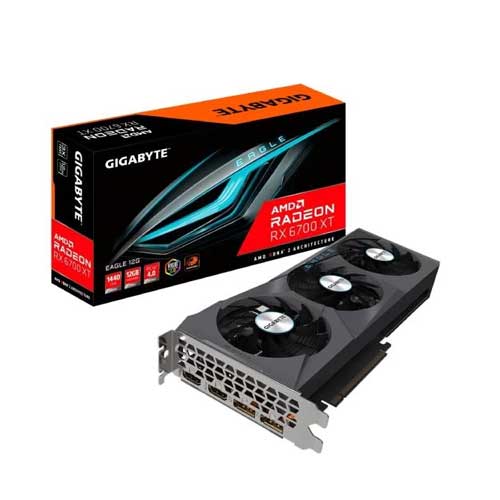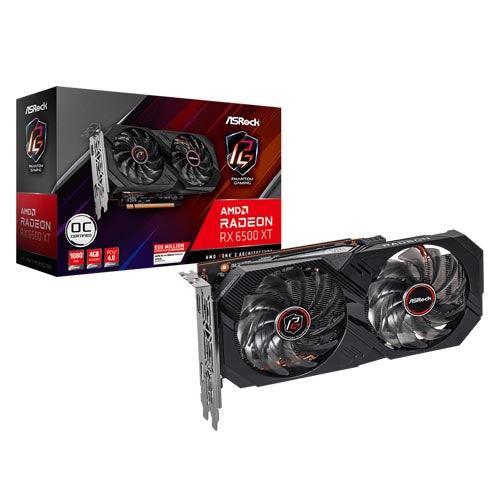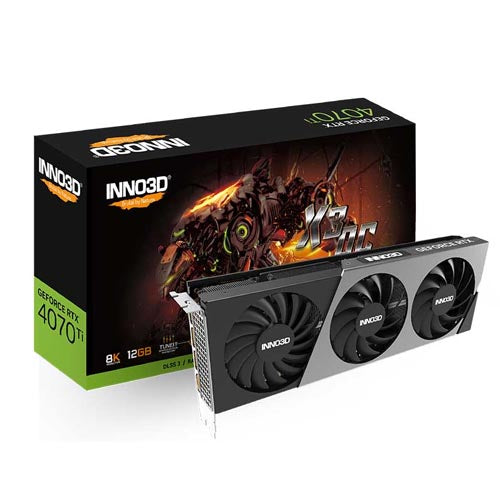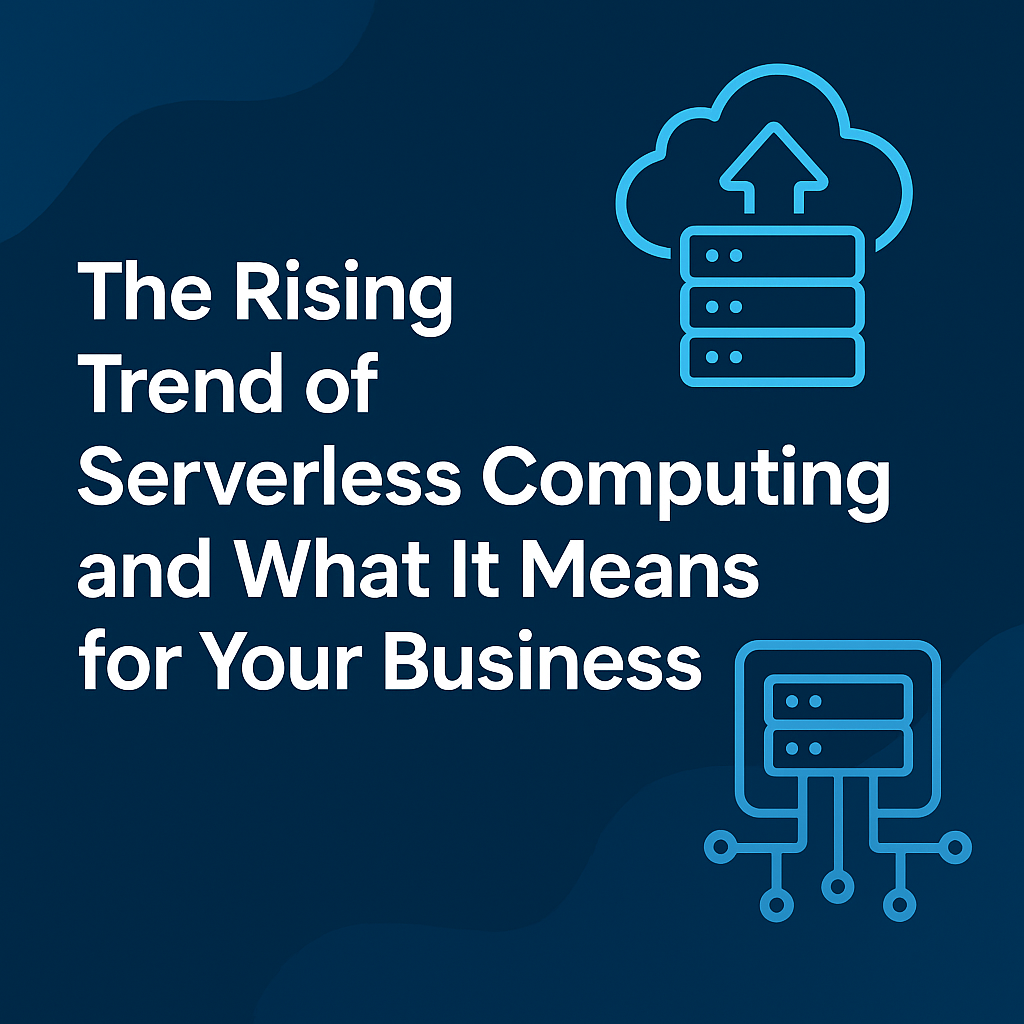
As technology continues to advance at breakneck speed, businesses are constantly exploring infrastructure strategies that can provide both reliability and scalability. Traditionally, enterprises relied heavily on physical servers for hosting applications, storing data, and running mission-critical workloads. However, the rise of cloud computing has introduced a new era of on-demand, scalable resources that can be provisioned in seconds.
- This shift has sparked a crucial question for modern IT leaders: Why choose one when you can integrate both?
The answer lies in hybrid infrastructure — an architecture that combines the control and performance of physical servers with the flexibility and scalability of cloud hosting. In this blog, we’ll explore the technical advantages of this integration, along with real-world applications and best practices.
🧱 What Is a Hybrid Infrastructure?
A hybrid infrastructure connects on-premise physical servers (or colocation-based machines) with cloud-hosted services from providers like AWS, Microsoft Azure, or Google Cloud. It enables organizations to allocate workloads across environments depending on performance, security, compliance, or cost-efficiency considerations.
Hybrid infrastructures are powered by technologies such as:
- Direct interconnects between on-prem and cloud environments.
- Virtual Private Networks (VPNs) or SD-WANs.
- Container orchestration (like Kubernetes).
- Infrastructure as Code (IaC) tools like Terraform and Ansible.

🧠 Why Integrate Physical Servers with Cloud Hosting?
Let’s break down the key technical advantages of this integration:
1. Intelligent Workload Allocation
Some workloads require low-latency access to hardware (such as AI training on GPUs), while others — like a marketing web app — can run efficiently in the cloud. A hybrid environment enables intelligent workload segregation.
For example:
-
Run batch jobs, databases, or ERP systems on physical servers.
-
Host web frontends, APIs, or data visualization dashboards in the cloud.
By dividing workloads this way, you ensure each runs in its optimal environment.
2. Elastic Scalability Without Losing Control
Cloud hosting is renowned for its elasticity. You can scale your application up or down based on demand, often automatically. However, it comes with trade-offs in control, latency, and costs.
Physical servers, on the other hand, are ideal for workloads that require consistent performance but don’t change often. By anchoring core services on physical servers and using the cloud for bursting or additional capacity, you get the best of both worlds.
3. Enhanced Security and Regulatory Compliance
Many industries — such as healthcare, finance, and government — are subject to strict data regulations. Keeping sensitive data on-premise or within physically secure environments is often mandatory.
With a hybrid setup, businesses can:
-
Keep sensitive data and authentication systems on physical servers.
-
Run customer-facing services or analytics pipelines in the cloud.
-
Use tokenization, encryption, and secure tunnels to bridge environments.
This provides robust data security while still leveraging the agility of the cloud.
4. Flexibility for Modern and Legacy Applications
Legacy applications often require direct access to hardware, fixed memory allocation, or operating systems that are hard to replicate in virtual machines. Moving such apps to the cloud can be risky or technically unfeasible.
Hybrid setups allow:
-
Retaining legacy apps on physical servers.
-
Developing microservices and containers in the cloud.
-
Using API gateways, service meshes, or message queues to connect them.
This offers a graceful path to modernization without forcing all workloads into a cloud-native mold.
5. Cost Optimization
Let’s face it — cloud hosting, while flexible, can be expensive at scale. Continuous compute usage, outbound bandwidth, and storage operations often drive up monthly bills.
Physical servers involve an upfront investment but have lower ongoing costs for:
-
Long-running, resource-heavy applications.
-
Data storage and backups.
-
Applications with predictable demand.
A hybrid model allows cost-conscious businesses to reserve physical resources for stable workloads while using the cloud for elastic and temporary needs.
6. High Availability and Disaster Recovery
Integrating cloud services with physical infrastructure provides powerful disaster recovery and redundancy strategies.
Some possibilities:
-
Geo-replication of data from physical servers to cloud buckets.
-
Failover mechanisms that redirect traffic to cloud-hosted replicas.
-
Snapshot-based backups and restore mechanisms that are cloud-triggered.
The result: higher uptime, reduced data loss, and resilient systems.
7. Global Reach with Local Control
Cloud providers offer content delivery networks (CDNs), edge locations, and region-specific services. This allows businesses to serve users across the globe with minimal latency.
Meanwhile, core data or control planes can remain anchored in private, secure infrastructure. Combining both creates a globally distributed application with local security guarantees.
8. DevOps & Automation Support
Hybrid doesn’t mean manual.
With tools like:
-
Terraform (for multi-cloud and on-prem orchestration),
-
Ansible (for provisioning servers),
-
Jenkins/GitLab CI/CD (for deployment pipelines),
-
Prometheus + Grafana (for monitoring),
you can unify infrastructure automation and monitoring across both environments.
This ensures fast, repeatable deployments — crucial for agile and DevOps-focused teams.
🛠 Real-World Use Case: AI Startup
Consider a startup developing large language models (LLMs). Training requires GPU-equipped physical servers with high-speed local storage, but model inference and API access need to scale based on usage.
Their solution:
-
Train models on physical servers (bare-metal NVIDIA A100 systems).
-
Deploy inference APIs to containers on AWS or Azure.
-
Use CI/CD pipelines to push updates from GitHub to both environments.
This hybrid strategy results in cost savings, performance optimization, and scalability on demand.
🧱 Architecture Diagram (Conceptual Overview)
+----------------------+ +----------------------+
| Physical Servers | <--> | Cloud Hosting |
| (On-Prem / Colo DC) | | (AWS, Azure, GCP) |
+----------+-----------+ +-----------+----------+
| |
Private Network / VPN / Interconnect |
| |
+----------v-----------+ +-----------v----------+
| Local DB, Security | | CDN, Auto Scaling, |
| Storage, Legacy Apps | | Serverless, ML APIs |
+----------------------+ +----------------------+
🧪 When Is Hybrid the Right Choice?
✅ Choose hybrid if:
-
You operate in a regulated industry.
-
You have existing physical infrastructure.
-
You require high-performance computing (HPC or GPU-based).
-
You want cost-efficient scalability.
-
Your team prefers gradual migration over a complete cloud shift.
❌ Avoid hybrid if:
-
You’re a small team with minimal DevOps resources.
-
Your applications are already cloud-native and stateless.
-
You don’t require custom hardware or data residency controls.
🧠 Conclusion
In today’s complex computing landscape, no single infrastructure model fits all. By integrating cloud hosting with physical servers, organizations can build a tailored environment that matches their unique business needs — offering flexibility, performance, and control.
Whether you're modernizing a legacy application, scaling your SaaS product globally, or training next-gen AI models, hybrid infrastructure offers a resilient and efficient foundation.
Instead of asking cloud or physical?, maybe it’s time to ask how to get the best from both?















